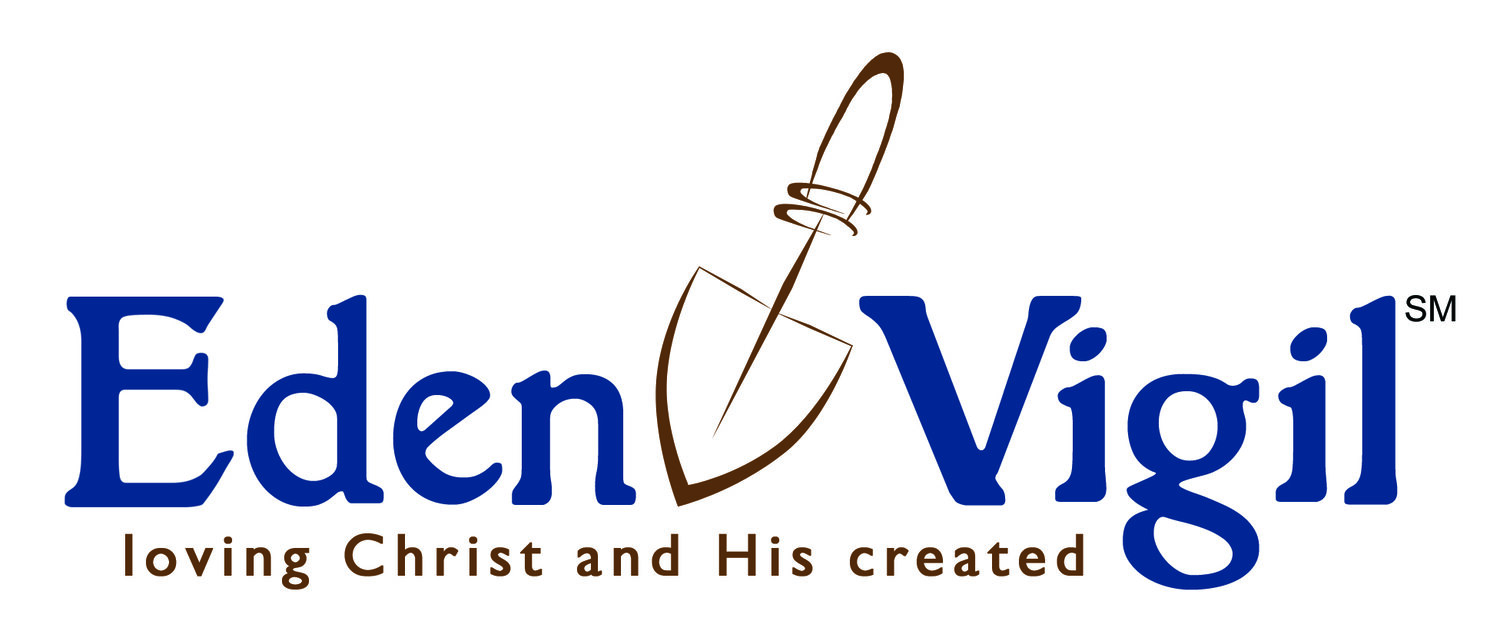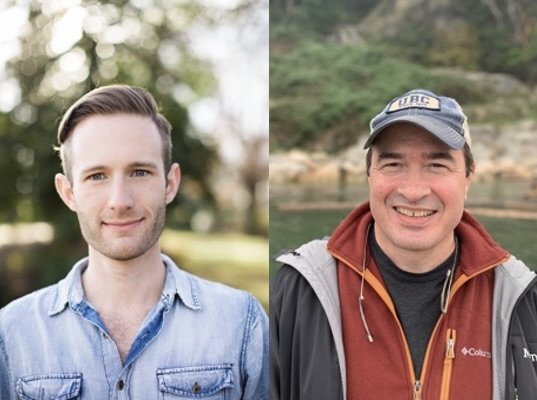CONSULTATION PREMISE #2: In the New Future of ecological trauma, a faith that primarily accentuates widely-held positives—the comforting assurances upon which optimistic religion depends—will become increasingly unintelligible to those seeking wholeness and hope in this world. It is not unfaithful to admit this.
Isaac Sharp: Evangelicalism Triumphant and the Post-Evangelical Possibility
Dear John,
While reading your paper, I thought of at least half a dozen potential themes by way of response. Among others, I instantly began considering the complexities of ideological and theological divergences along generational lines, the varying interpretations of Bonhoeffer’s “religionless Christianity,” the waxing and waning of Christian predominance in U.S. American culture, the potential implications of a post-Christian America, the distinction between systematic and constructive approaches to Christian theology, and the role that dispensationalist eschatology has played in Christian responses to the ecological crisis and climate change—to name just a few! Ultimately, I think I can be most helpful by focusing on what I currently know best: evangelicalism and its relationship to this whole story.
Across the last century or so, U.S. American evangelicalism embodied a number of paradoxes. Its relationship to “Positive Christianity,” “Christian triumphalism,” or the Christus victor theme was a prime example. Evangelical leaders sometimes cast themselves as a beleaguered minority of true believers and counter-cultural outsiders, rejected and persecuted in an increasingly worldly society that celebrated everything they opposed. They also often simultaneously painted the evangelical movement as a sort of silent majority, made up of untold millions of their fellow U.S. American citizens who were ready and willing to stand up and defend “family values.”
Whether the “real” evangelicals were always few and far between, or whether they actually encompassed an enormous cross-section of the American public, depends in large part on how evangelicalism was defined. But in either case, by the dawn of the 21st century, it was at least abundantly clear that the movement’s predominant theological posture was far closer to the “Positive Christianity” end of the axis than the “Cruciform Christianity” side.
In the last several years, there have nonetheless been some small but potentially significant developments in the evangelical world that signal at least the beginnings of something new emerging—something that may in fact be closer to the cruciform end of the axis than what came before.
Even though it had been very clear for quite some time that a close alignment with the Republican party was one of evangelicalism’s most determinative characteristics, the 2016 election and its aftermath caused some evangelicals to reconsider their relationship to a movement that, for many, no longer felt like home. Some of these erstwhile evangelicals began describing their ensuing crisis of faith as a kind of “deconstruction.” Some began describing themselves as post-evangelical or ex-vangelical. Others have likely joined the ranks of the “nones.” Still others are not quite sure what they are.
In certain corners of the American religious landscape, at least some of these evangelical outcasts are in the early stages of forming new faith communities and networks marked by a far less “triumphalist” orientation to the Christian faith. Whether the ex/post-evangelicals will ultimately be able to help tilt the axis of American Christianity in the direction of a more “cruciform” faith remains to be seen. Even if they do, what might that mean for the prospects of the tension between “eco-realism” and “eco-triumphalism”? Frankly, I’m not sure.
But there is something happening in the ashes left behind by triumphalist evangelicalism. And anyone interested in what faith communities might look like in the “new future of ecological trauma” would do well to keep an eye on what emerges from those ashes.
Isaac Sharp
Lowell Bliss: THIS Hopscotch Grid on the Pavement Before Me
Dear John,
Re: Working “Within History”: None of us have control over our religious upbringing. I was raised as a dispensationalist, which meant that I understood I would not only escape an eternity of conscious torment, but I would also miss the WORST seven years “within history,” history’s final seven years, otherwise known as The Tribulation. This most glaring displacement from within history had a subtle effect because it also meant that I had missed all the other dispensations of human history. The authors of my “Study Bibles” said there were seven of them, and that we were in the penultimate one, the Age of Grace, or the Church Age. The question that you and Bonhoeffer ask—"Who is Christ for us today?”—doesn’t automatically make sense in the Age where we had finally figured him out—canonically and interpretatively—and where the Second-Person-of-the-Trinity’s work “within history” was essentially as complete as the Crucifixion itself, circa 33 A.D. The one book I encountered at Bible College in the 1980s that had the word “hope” in the title was The Blessed Hope by George Eldon Ladd, essentially an apologetic for the Rapture. Today, the more precious book to me is Walter Brueggemann’s Hope Within History, and it’s how I intend to approach our Consultation. There is still a lot about my eschatological sense which Douglas John Hall might characterize as triumphal, but as you call us to show solidarity with those people WHO suffer the climate catastrophe, so I intend to show solidarity with those actual years WHEN that catastrophe unfolds.
Re: Non-North American Christians (and Evangelicals): My background is in both traditional church-planting missions (with the -ess still on it) and the mission of creation care (with the -ess removed as per Andrew Wall’s Five Marks of Mission). Both camps would tell you that pollsters like PRRI, while accurately noting declining numbers for church participation and climate action in the States, tell a different story for Africa, Asia, and Latin America. I simply have three thoughts here: 1) this does not mean that the Non-North American Church hasn’t already been discipled in the very Positive Christianity you’ve described, including but not limited to the prosperity gospel; 2) the window to avoid ecological catastrophe is surely closing faster than what the torch of Christian leadership is being passed; and 3) our Consultation, scheduled as it is in a North American capital, will try hard just to own “our share of the mess.”
Re: Both/And Thinking: The problem, John, with our Consultation graph and its X- and Y- axes is that we seem to be forcing a dualistic choice: it’s either eco-triumphalism or eco-realism, either Christus victor or Christus dolor. Last month, I tried to argue: “think of the Y-Axis as a spectrum.” That doesn’t seem to work for your X-axis where I find myself hoping you’ll say it’s a “hypostatic union,” both/and. To use Martin Luther’s terminology, I want find myself wanting to affirm both a Theology of Glory and a Theology of the Cross.
(Is it unnecessarily clever to point out that Either/Or vs. Both/And is its own binary: it’s either “either/or” or“both/and”?) Nonetheless, I have been reflecting on a bit of my wife’s teaching at a recent retreat for Compassion Canada. Robynn is a certified Spiritual Director and she often encounters clients who foreground—in their own spiritual formation or in their ministry to others—the doctrine of the Fall and/or Original Sin, as if Genesis 3 were the “true” start of the Bible. When she reminds them of being created in the Image of God, she often hears back, “Oh, yes, of course that’s true, I believe that too,” before they head straight back to humanity’s sinful nature. Robynn pictured a hopscotch grid on the floor between her and her audience, tossed an imaginary stone a few inches away from her, and then took a one-footed hop. She invited the audience to stand up and mimic her. To hop and stand one-footed for a moment in the created-in-God’s-imagesquare, like in the Cruciform Christianity square, doesn’t deny the existence of the other squares, including the Christus victor one; and the next squares in the hopscotch grid will likely allow you to plant feet on two numbers; and neither is the first square the final destination; BUT it does require a pro-active decision to toss your stone there, and to linger there however awkward and unbalanced it might feel. Nonetheless, we are not playing a game, any more than Robynn is with her clients. At some point Robynn and they engage together over how foregrounding the doctrine of Original Sin has wrecked incredible havoc in too many stories of spiritual formation. I hear the same call from you, John. A Consultation is a season for proactive, disciplined inquiry: a chance to foreground some thinking that has been neglected. Yet having done so, we may find ourselves adopting the longer-term arrangement explained by Hall in our recommended reading or in his short booklet The End of Christendom and the Future of Christianity. Our X- and Y-axes: are they descriptive or prescriptive of the New Future? (Probably both/and).
Lowell Bliss
Isaac B. Sharp is Visiting Assistant Professor and Faculty Director of Online and Part-time Programs at Union Theological Seminary in the City of New York. He is the co-editor of Evangelical Ethics: A Reader in the Library of Theological Ethics series, as well as Christian Ethics in Conversation. His recent book, The Other Evangelicals: A Story of Liberal, Black, Progressive, Feminist, and Gay Christians—and the Movement That Pushed Them Out, was published in April 2023 by Eerdmans.
Lowell Bliss is the director of the Eden Vigil Institute for Environmental Leadership at William Carey International University. He is the co-director of the Christian Climate Observers Program. He is the author of two books: Environmental Missions: Planting Churches and Trees, and People, Trees, and Poverty.

